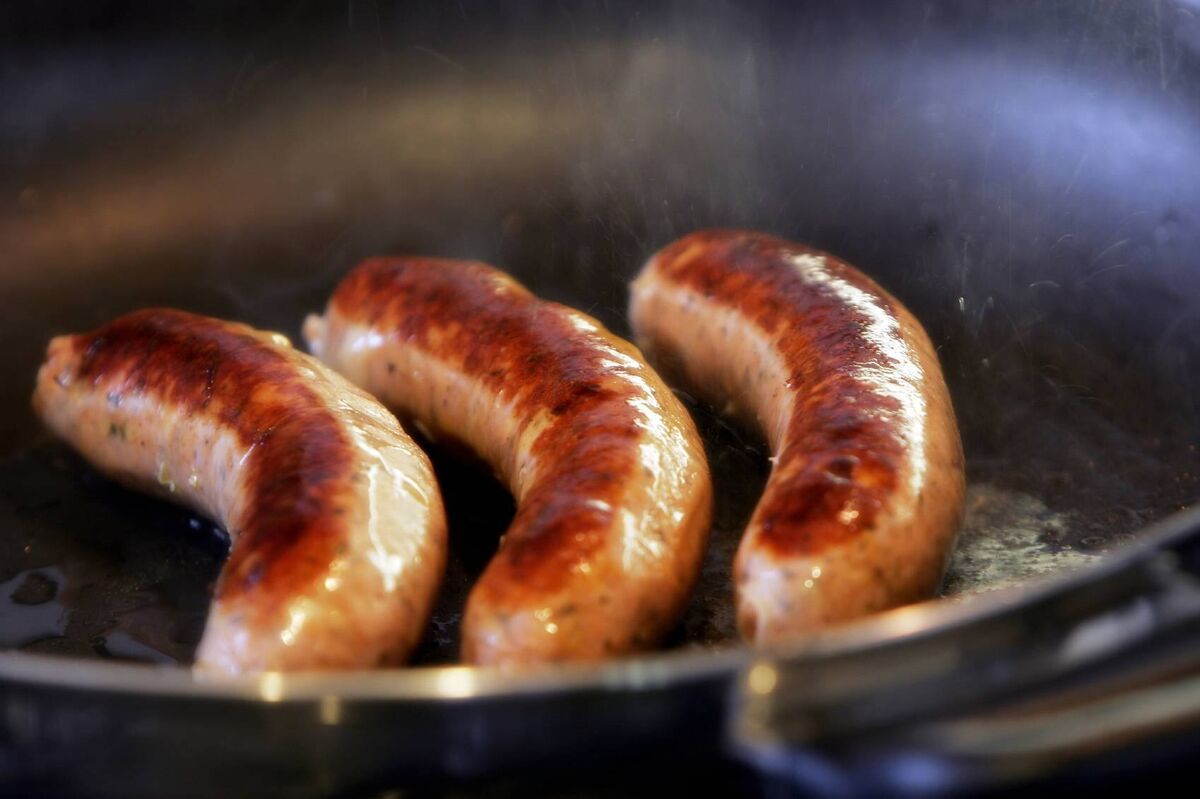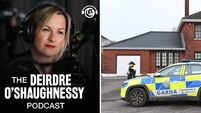'Big shop’ shock as rising grocery prices start to bite

Older people will recall double-digit inflation in Ireland in the early 1980s, but younger people are shocked by rising prices and the sudden effect on what they can afford. Stock picture
We’ve started to pay attention again. We see figures getting thrown out regularly, such as the latest Consumer Price Index rise of 8.2% announced this week.
What it means in effect is that the €50 in our pockets is not going nearly as far as it did this time last year. And all indications show that prices are going just one way — up.
Market research specialists Kantar have warned consumers that the price of a basket of goods will rise by €768 per annum up to €7,753 unless they make changes to how they shop.
Those rises have been evident in every supermarket aisle in the last 12 months.
Indeed, food inflation stands at over 10% which is two points higher than the general inflation rate.
An analysis of the CSO’s latest data on the national average price of what could be considered a “big shop” — consisting of the likes of bread, milk, cheese, rashers, sausages, chicken, fruit, vegetables, etc — is €11 dearer now than it was in January 2019.

In the last year alone, the average price of a large pan of white bread is up 26 cent. If a family buys two pans a week, for example, that’s an extra €27 they’re paying a year just on bread.
That might not sound like a lot, but take that price rise with how much dearer milk is (up 41c), and cheese is (up €1.23 per kg), and spaghetti is (up 31c per 500g) to name just a few, and it all adds up very quickly.
What else has gone up? A pound of butter is up 67c, a dozen eggs are up 12c, and a medium size chicken is up around 90c.
The cost of the makings of a full Irish fry-up is around €2 dearer than last year. For those who like a tipple, that’s gone up too with the average can of lager up over 20c and a bottle of vodka up nearly €3.
Indeed, the CSO told us earlier this year it predicted that our grocery bills would rise by €780 this year.
More recent analysis from Kantar suggested a similar figure of around €768, meaning the average annual grocery shop stands at around €7,750. The Consumers’ Association of Ireland suggested that such a rise would “break families".
“At best it will determine some very significant changes in the manner in which people live,” said policy adviser Dermott Jewell.
“The reality of life is that there is only x amount of money which can be spent on a finite amount of products, and if prices keep going up like this then you have to either cut back or cut out what you’re buying.”

All of this is having an impact, which is being reported from a variety of different sources.
A survey published this week by Too Good to Go, an organisation calling for an end to food wastage, suggested that 88% of Irish people say increasing food prices were a problem for their budget.
It’s people aged 25 to 44 who are particularly feeling the pinch, with 93% of this age group saying it’s a problem for their budget.
Despite this, the survey found that, on average, people in Ireland waste nearly €600 worth of food a year, with people in Cork wasting the least at €472.
Organisations working with vulnerable households have been saying for over a year now that they’re in contact with families who are often choosing between heating their home and buying food. When the price of both are going up, it’s far from ideal.
St Vincent de Paul’s head of social justice, Tricia Keilthy, said people coming into contact with their service were saying their shopping basket has been getting “smaller and smaller”.
Barnardos national policy manager Stephen Moffatt said his organisation’s main worry is that things will be “even worse” for families and children this year with the cost of essentials so much higher than 12 months ago.
“A lot of families were saying they were putting children to bed with coats on,” he said.
“For three days in a week, they were eating just tinned food.
He also said families have been knocking on their doors seeking food vouchers.
“All of our services are saying this is really concerning,” he added.
















